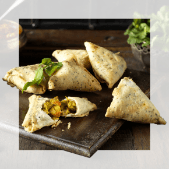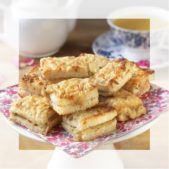Apart from saints such as Valentine or Patrick, very few people are so revered they have a national day celebrated not just in their own country but abroad.
Guy Fawkes night is mainly limited to the UK and commemorates a death rather than life. And Star Wars Day on May 4th – as in may the fourth be with you – celebrates a film franchise, rather than an individual.
For all the famous artists, politicians and creatives to emerge from Britain only one lives on through an internationally celebrated day – not bad for an impoverished farmer’s boy from a small village on Scotland’s west coast.
Since his death in 1796, the works of Robert Burns have inspired poets and performers from Walter Scott to Bob Dylan. The words he gifted the world include the profound: “The best laid schemes of mice and men often go awry”; the inspirational: “now’s the day and now’s the hour”; and the humorous “opera is where a man gets stabbed in the back and instead of dying, he sings”.
For over 220 years Burns Night, on January 25, has celebrated not only his life but Scottish culture as a whole. Now observed wherever Scots gather across the globe, it climaxes with the traditional Burns Supper featuring the revered haggis.
To some the wild haggis is a small mythical creature with long hairy mane to protect from the harshest of Scottish winters. It has four legs with two on one side longer than the other pair to allow it to scurry swiftly around the mountainside – but only in one direction.
Spoiler alert… haggis is, in fact, sheep innards minced with onion, oatmeal, suet and spices. Traditionally it was encased in the sheep’s stomach lining which led to the dish being banned in the US. Now an artificial casing is more usually used and vegan versions of the dish are available.
A Burns Night supper traditionally starts with a warming soup such as scotch broth, cock-a-leekie or cullen skink before the haggis is carried to the table.
All stand for this famous ritual, the haggis is serenaded by a Scottish piper, toasted with a fine malt whisky and then, during the reciting of the Burns’ famous “Address to a Haggis”, a knife is plunged into the delicacy and it is shared out, accompanied by neeps and tatties – that’s turnip and potatoes to the uninitiated.
A traditional Scottish dessert such as cranachan – cream and raspberries with oatmeal doused in whisky – and Scottish cheese course follow before toasts to the laddies and lassies present and the evening concludes with the singing of Burns’ most famous work “Auld Lang Syne”.
If you’d rather not wrestle with a sheep’s innards, or fight over who gets a long leg, fear not, SK’s own label ‘party bites’ includes some Scottish staples, so to paraphrase the Scottish bard – “if there’s another world, live there in bliss, if there is not, make the best of this”.






